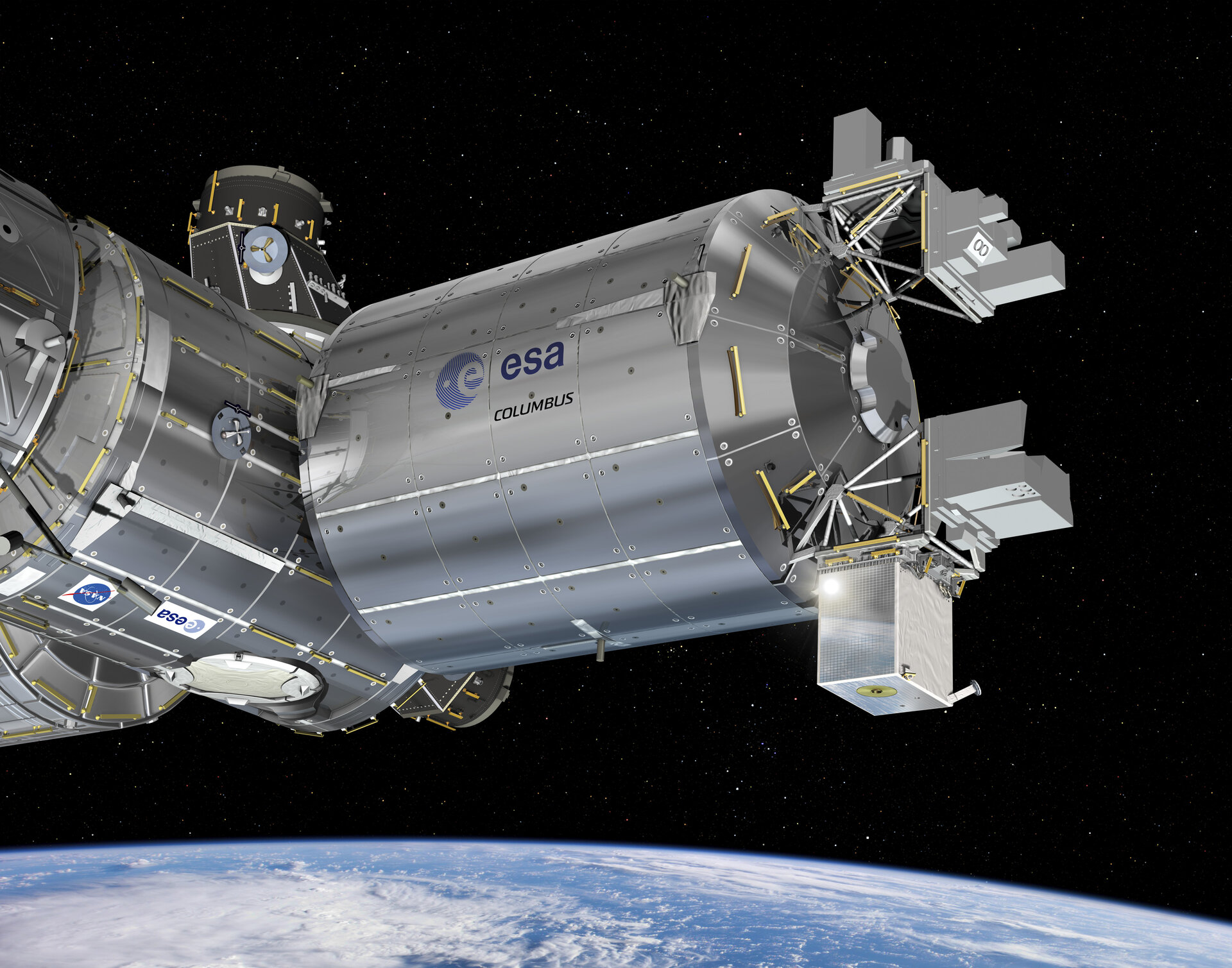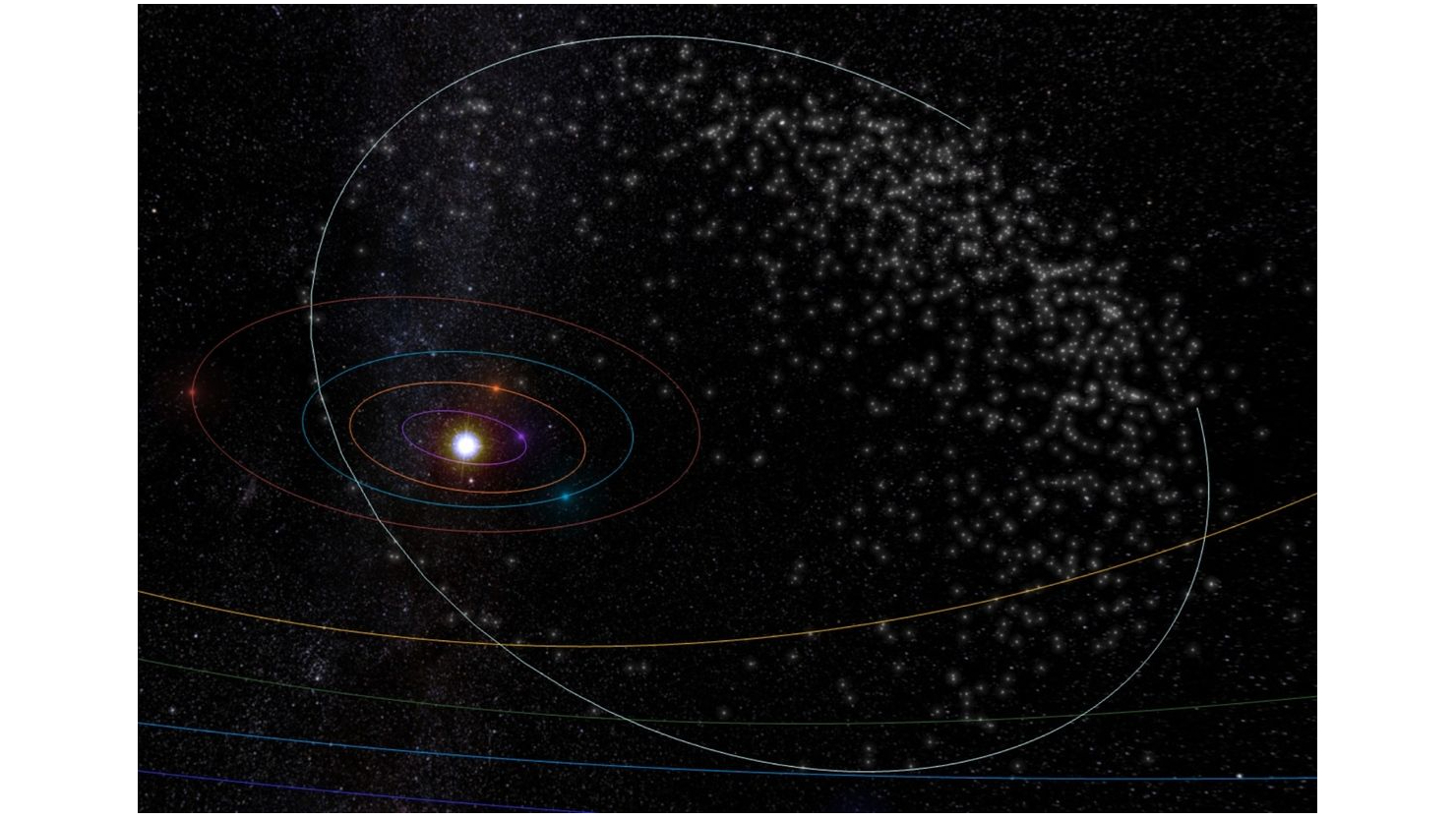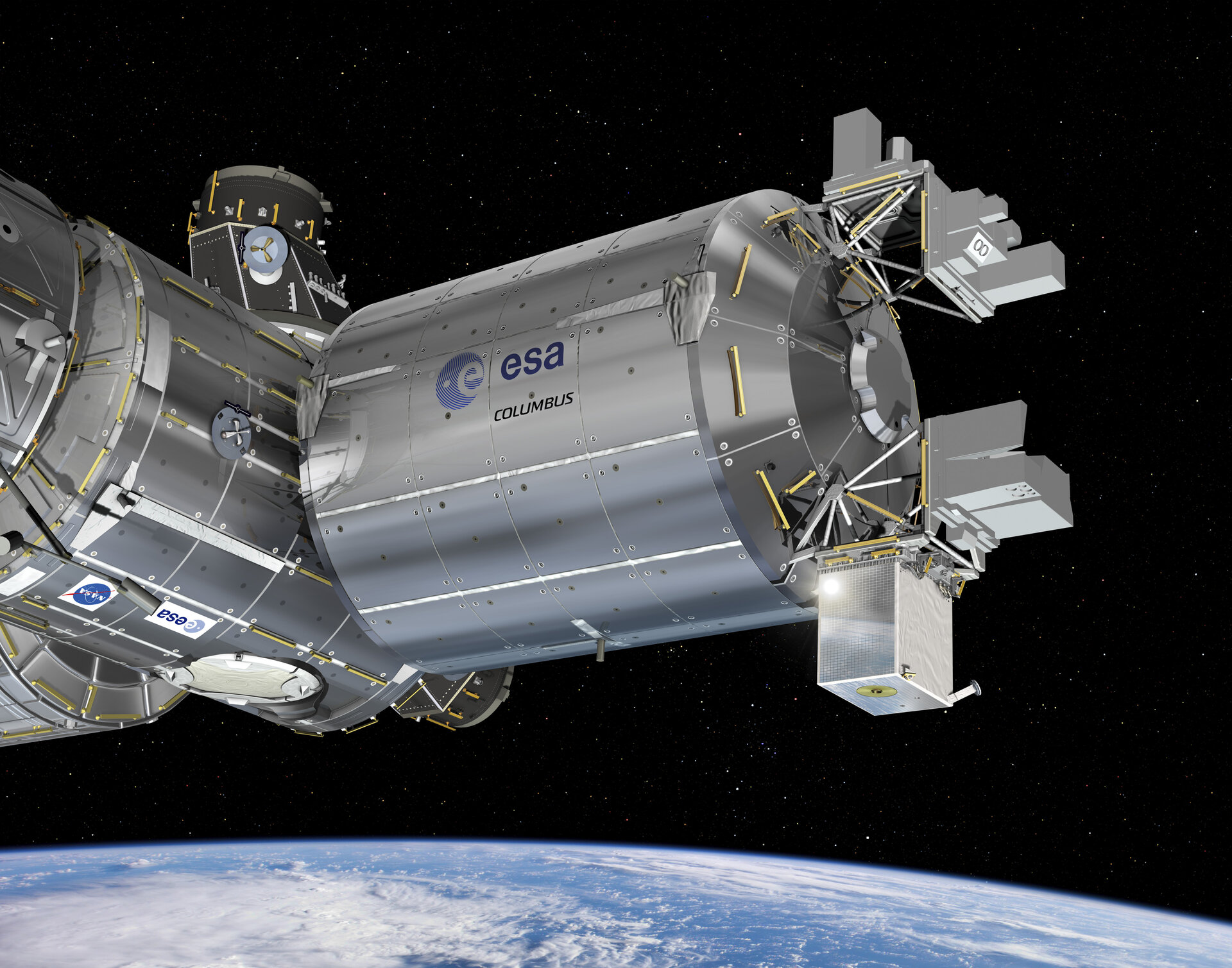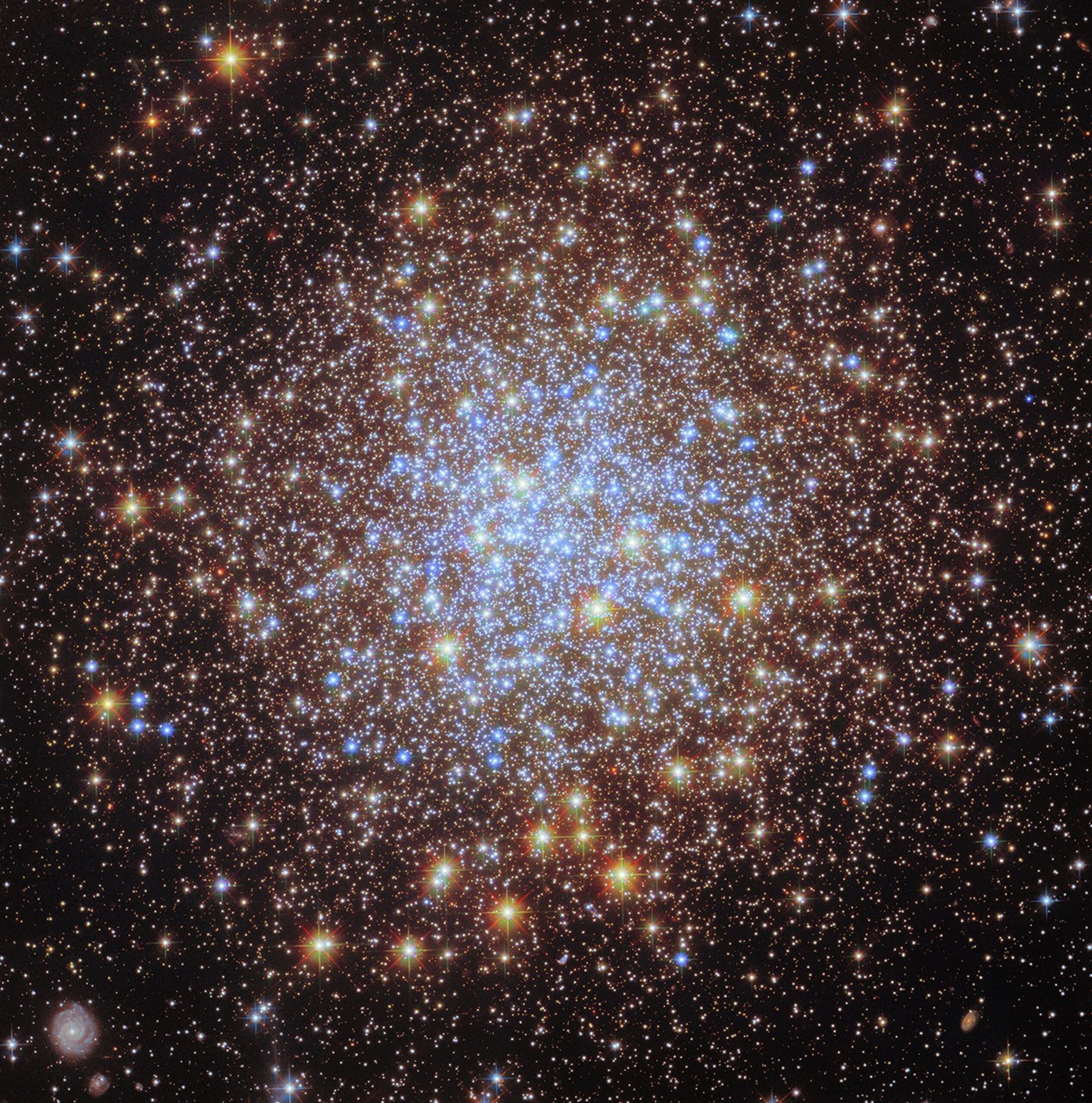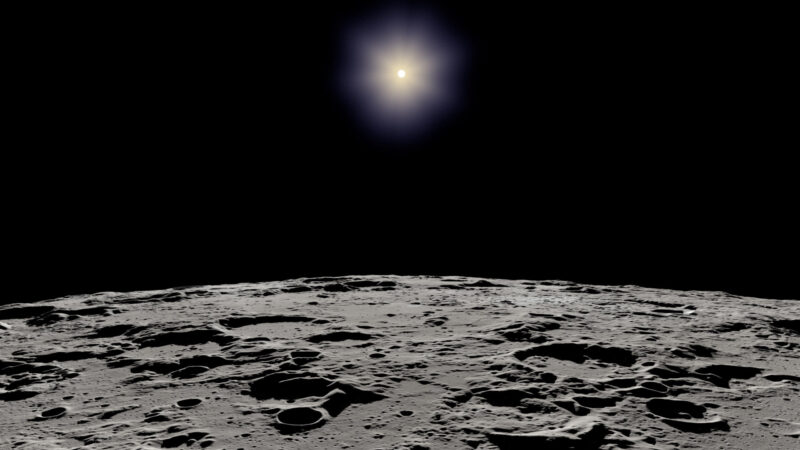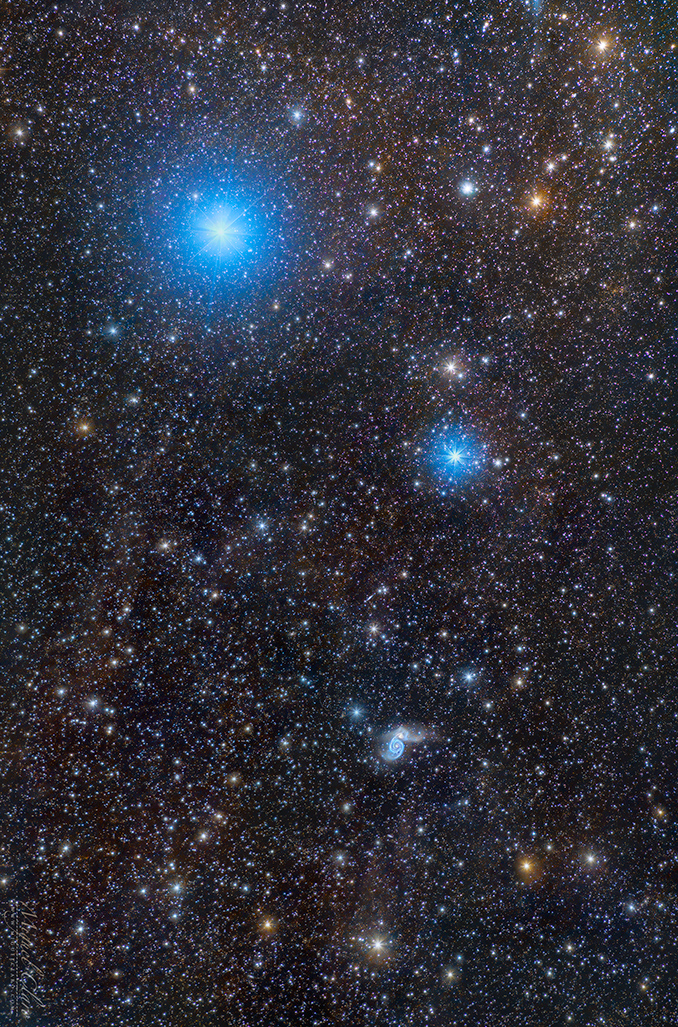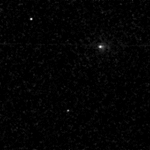Science & Exploration 25/04/2025 74 views 1 likes The Atomic Clock Ensemble in Space (ACES), ESA’s state-of-the-art timekeeping facility, has been successfully installed on the International Space Station, marking the
Archive for April, 202520- Page
Our sun is wobbling, and this has a huge impact upon the regularity of many of Earth’s meteor showers, according to new research that discovers why streams of comet dust
The International Space Station has been a hub for human space exploration and research for over two decades, but its operational life is nearing its end, projected around 2030. As
Enabling & Support 25/04/2025 242 views 6 likes The P160C qualification motor was successfully tested on 24 April at the European Spaceport in French Guiana, on the solid-propellant booster test
The launch of the Atomic Clock Ensemble in Space (ACES) on April 21, 2025, aboard a SpaceX Falcon 9 rocket, signifies a remarkable leap in our quest for precision in
Jeremy Johnson, a research pilot and aviation safety officer, poses in front of a PC-12 aircraft inside the hangar at NASA’s Glenn Research Center in Cleveland on Thursday, April 17,
Explore Hubble Hubble Home Overview About Hubble The History of Hubble Hubble Timeline Why Have a Telescope in Space? Hubble by the Numbers At the Museum FAQs Impact & Benefits
Data visualization of the sun as seen from Apollo 16’s lunar landing site. A new experiment, using moon dust collected on the Apollo 17 mission, has found evidence that the
Messier 51, universally known as the Whirlpool Galaxy is one of the most photogenic galaxies of all The sheer magnificence of Messier 51 is apparent is this stunning image. Image:
BOSTON — NASA administrator nominee Jared Isaacman says he would, if necessary, prioritize the Artemis lunar exploration campaign over human missions to Mars and calls a potential halving of NASA
-
 012024 in Review: Highlights from NASA in Silicon Valley
012024 in Review: Highlights from NASA in Silicon Valley -
 02Panasonic Leica Summilux DG 15mm f/1.7 ASPH review
02Panasonic Leica Summilux DG 15mm f/1.7 ASPH review -
 03How New NASA, India Earth Satellite NISAR Will See Earth
03How New NASA, India Earth Satellite NISAR Will See Earth -
 04And Thus Begins A New Year For Life On Earth
04And Thus Begins A New Year For Life On Earth -
 05Astronomy Activation Ambassadors: A New Era
05Astronomy Activation Ambassadors: A New Era -
06SpaceX launch surge helps set new global launch record in 2024
-
 07Space Force plans new ‘Futures Command’ amid pressure to speed up modernization
07Space Force plans new ‘Futures Command’ amid pressure to speed up modernization


